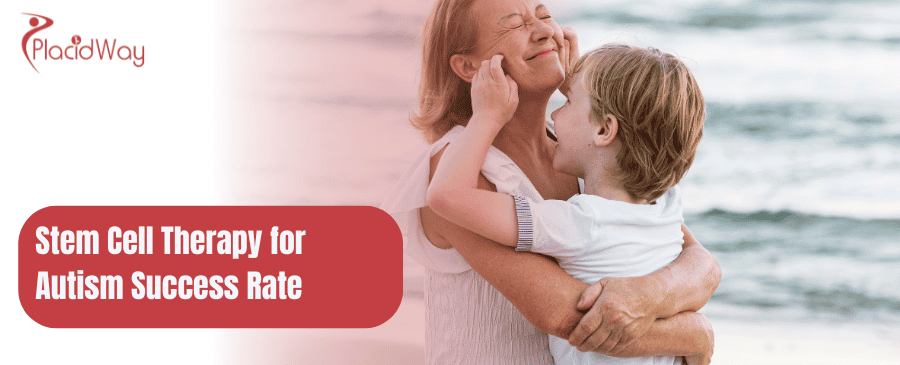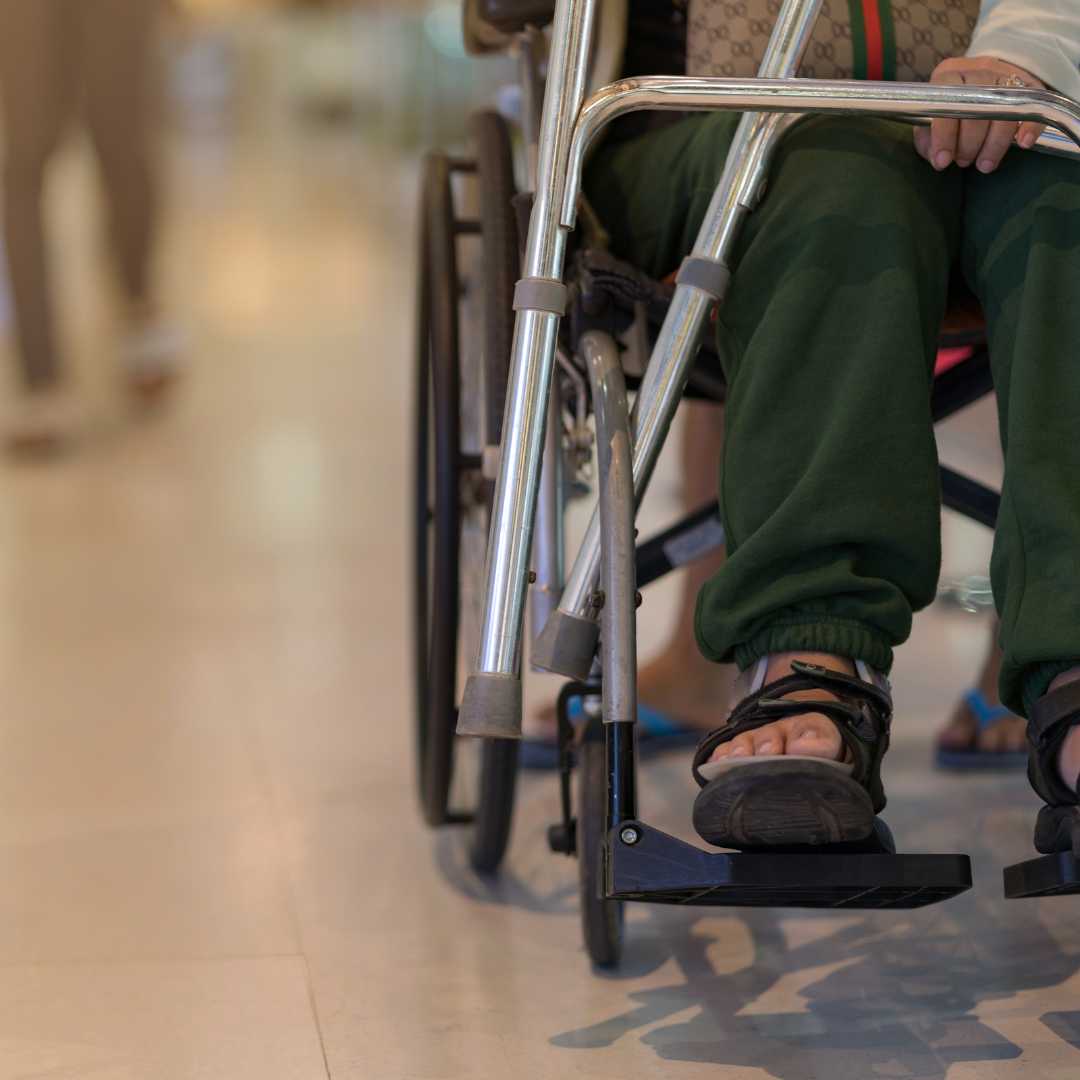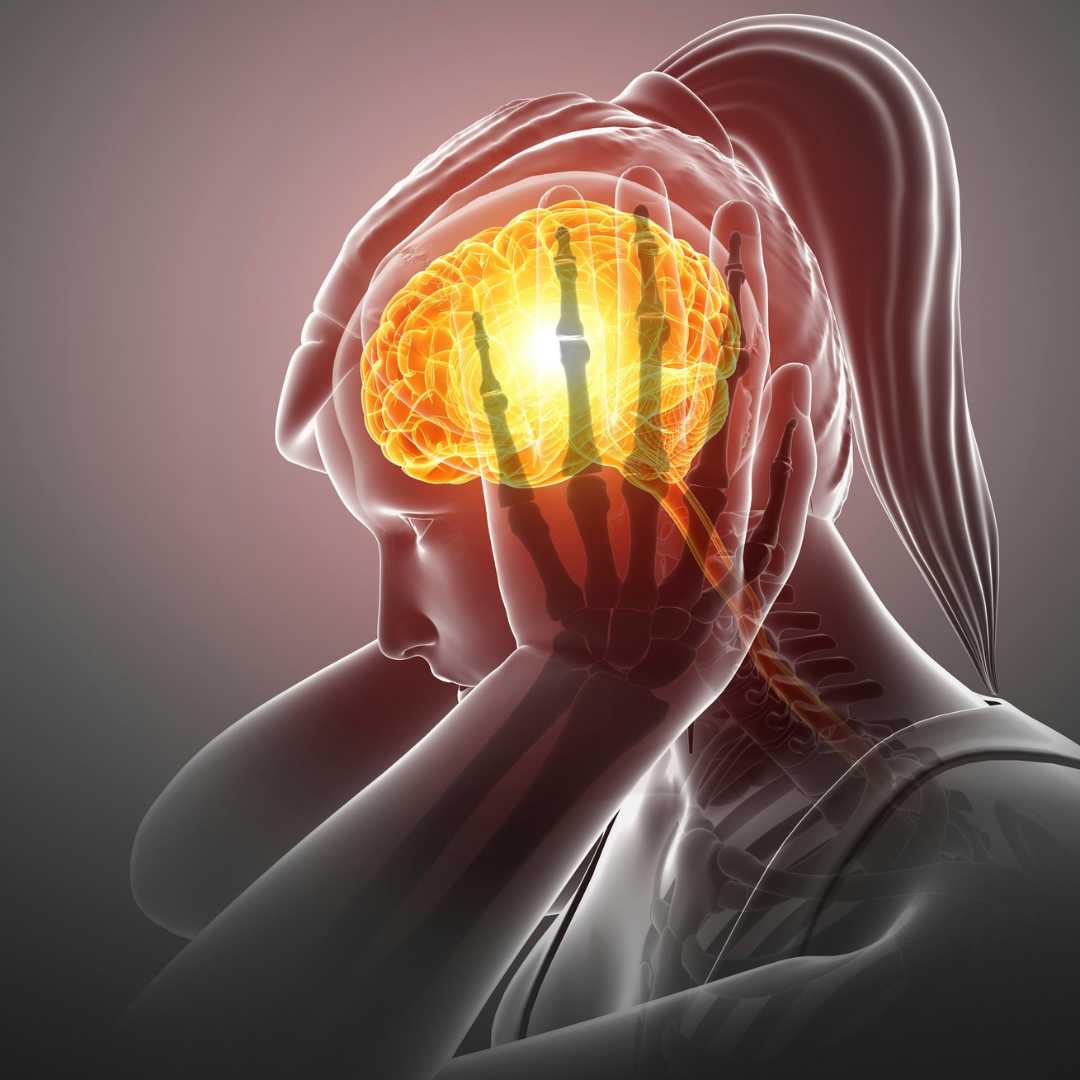
Stem cell therapy has emerged as a promising and experimental treatment for a wide range of conditions, including autism spectrum disorder (ASD). Autism, a complex neurodevelopmental disorder that affects communication, social interaction, and behavior, currently has no known cure. Traditional therapies such as behavioral therapy, speech therapy, and medications can help manage symptoms, but many families are turning to innovative solutions like stem cell therapy. In this article, we will explore the success rates of stem cell therapy for autism, what experts are saying, and what factors influence these outcomes.
Stem Cell Therapy Overview
Stem cells are unique cells with the potential to develop into various types of cells in the body. Stem cell therapy involves using these cells to repair or regenerate damaged tissues or cells. In the context of autism, stem cells—particularly mesenchymal stem cells (MSCs)—are used to reduce inflammation in the brain, repair damaged neural connections, and promote better brain function.
The therapy typically involves harvesting stem cells from the patient's own body (autologous) or from donor sources such as umbilical cord blood (allogeneic), which are then administered intravenously or via lumbar puncture. The goal is to reduce brain inflammation and improve cognitive, behavioral, and social functions in individuals with ASD.
Stem Cell Therapy for Autism: What Does the Science Say?
Stem cell therapy for autism is still in its experimental stages, with ongoing clinical trials and studies exploring its efficacy. While there is no universally accepted cure for autism, many studies and anecdotal reports suggest that stem cell therapy has shown positive outcomes for some patients. However, these results are highly variable, and more research is needed to establish concrete evidence of its effectiveness.
Clinical Studies
Several small-scale studies and clinical trials have been conducted to assess the effects of stem cell therapy on individuals with autism. Some of the key findings include:
-
Improvement in Social and Behavioral Skills: Some studies report improvements in social interactions, communication, and behavior following stem cell therapy. Parents and caregivers have noted positive changes in their children's eye contact, social engagement, and reduced hyperactivity.
-
Reduction in Inflammation: Autism has been linked to neuroinflammation, and stem cells have been shown to possess anti-inflammatory properties. Some studies suggest that stem cell therapy may reduce inflammation in the brain, potentially leading to improvements in cognitive function and behavior.
-
Safety: Stem cell therapy for autism is generally considered safe when conducted in a controlled, clinical setting. However, long-term safety and efficacy data are still lacking, as most studies have relatively short follow-up periods.
Success Rates of Stem Cell Therapy for Autism
Success rates for stem cell therapy in autism vary widely depending on the source of information, type of stem cells used, and patient variability. According to some experts and clinics, the success rate for stem cell therapy in autism can be as high as 90%, along with an 85% success rate in halting, slowing down, or reversing the condition's progression. These outcomes are typically assessed over a one-year period. Additionally, repeating the therapy can enhance the chances of achieving even better results.
Key Success Metrics
-
90% Improvement Rate: Some clinics and practitioners report that up to 90% of patients show significant improvement in their condition after undergoing stem cell therapy. This includes better cognitive function, enhanced communication skills, and more socially appropriate behavior.
-
85% Success Rate in Slowing and Regressing Symptoms: Experts suggest that stem cell therapy can achieve an 85% success rate in slowing the progression of symptoms, stopping further regression, and in some cases, even reversing certain aspects of the disorder. This is particularly notable in younger patients whose neuroplasticity allows for more adaptable brain changes.
-
Long-Term Benefits: Many of the improvements observed in patients are evaluated over a one-year period. However, families have reported that repeated treatments can further enhance results, suggesting that stem cell therapy may offer long-term benefits, especially when administered as part of a comprehensive treatment plan.
Factors Influencing Success Rates
While the reported success rates are promising, it’s essential to consider various factors that may influence the outcomes of stem cell therapy for autism:
1. Type of Stem Cells Used
The type of stem cells used in therapy plays a significant role in its effectiveness. Mesenchymal stem cells (MSCs), derived from bone marrow or umbilical cord blood, are commonly used for autism treatments due to their ability to modulate the immune system and reduce inflammation. The source and quality of stem cells can greatly impact the therapy's success.
2. Patient's Age
Younger patients tend to respond better to stem cell therapy due to the higher neuroplasticity of their developing brains. Early intervention with stem cells may offer better chances of success in slowing or even reversing the progression of autism symptoms.
3. Severity of Autism
The severity of the patient’s autism also affects the success rate. Patients with mild to moderate forms of autism may experience more noticeable improvements, while those with severe autism may have a slower or less significant response.
4. Number of Treatment Cycles
Repeated stem cell therapy sessions can increase the chances of success. Some clinics recommend multiple rounds of treatment, spaced over several months, to achieve better and more sustained results.
5. Combination with Other Therapies
Stem cell therapy is often most effective when used in conjunction with traditional autism treatments, such as behavioral therapy, speech therapy, and occupational therapy. A multi-disciplinary approach can enhance the overall outcomes for patients.
Top Stem Cell Therapy for Autism Success Stories
What Do Experts Say?
While there is growing interest in stem cell therapy as a treatment for autism, experts are cautious. Many in the medical community emphasize that more large-scale, double-blind, randomized clinical trials are needed to confirm the efficacy and safety of this treatment. Some experts warn against the premature use of stem cell therapy, especially given the lack of long-term data on its effects.
Dr. Joanne Kurtzberg, a leading stem cell researcher, states, "While early data shows potential, we still need robust clinical evidence to determine the true efficacy of stem cell therapy for autism. Parents should approach this treatment with caution and seek advice from medical professionals."
On the other hand, proponents of stem cell therapy argue that the current success rates are encouraging enough to offer hope to families looking for new treatment options.
The Future of Stem Cell Therapy for Autism
As research continues to evolve, stem cell therapy may eventually become a more mainstream option for autism treatment. Ongoing clinical trials will provide valuable insights into its long-term benefits and safety. In the meantime, families considering stem cell therapy should thoroughly research clinics, consult with medical experts, and consider the experimental nature of the treatment.
Learn More About Autism Stem Cell Therapies!
Stem cell therapy for autism has shown promising results in some patients, with success rates reported as high as 90% for improving symptoms and 85% for slowing or stopping disease progression. However, these outcomes vary widely depending on factors like the patient’s age, severity of autism, type of stem cells used, and the number of treatment cycles. While the potential is exciting, stem cell therapy remains an experimental treatment, and more research is needed to establish its efficacy. Families should weigh the pros and cons carefully, consult with medical professionals, and stay informed about ongoing research in this field.

















Share this listing